
Finnair A350 – Photo: Courtesy Finnair
Finnair is going to the extreme by requiring customers to weigh themselves in addition to their carry-on bags, which most travellers hate to do.
Guests on some flights departing from Helsinki Airport are being asked to weigh themselves with their carry-on bags as part of a voluntary research by Fairline.
The airline plans to utilise the aircraft loading and balance calculation results and hand them over to the Finnish Transport and Communications Agency between July and September.
Two other airlines, Korean Air and Air New Zealand, did comparable research last year.
Satu Munnukka, the head of ground procedures at Finnair, reassured customers that their weight data would not be associated with any personally identifiable information.
“Only the customer service agent working at the measuring point can see the total weight so that you can participate in the study with peace of mind,” Munnukka said.
We take the volunteer customers’ carry-on bags into account while weighing them. During the measuring process, we refrain from collecting personally identifiable information. However, we do record the customer’s age, gender, travel class, total weight (including carry-on luggage), and total weight in our database.
Taxiing, takeoff, and landing weight limits are fixed for each aircraft.
All the people on board, their belongings, and any additional items like food and fuel contribute to this total.
Airlines utilise the standard weights set by each country’s aviation authority to determine the weight of an aircraft, taking into account factors such as the type of aircraft and the number of passengers.
Since 2018, Finnair has utilised average weights determined by its measurements instead of depending on estimates from the European Aviation Safety Authority or Finland’s Civil Aviation Authority.
The airline is now requesting passenger assistance in updating its statistics in order to comply with authorities’ requirements that this information be updated every five years.
There have been cases where airlines, including Scoot, Emirates, United, and Jetstar, have insisted that overweight customers pay for two seats instead of one.
United Airlines says that customers may need to “make additional arrangements” if they are unable to buckle their seatbelts, even with an extender, if their armrests do not remain down while seated, or if they occupy the space of the next seat, according to Jetstar’s website; Jetstar also specifies that passengers must be able to lower both armrests without touching the person next to them.
 Star Alliance Named World’s Leading Airline Alliance for 2025 at World Travel Awards
Star Alliance Named World’s Leading Airline Alliance for 2025 at World Travel Awards 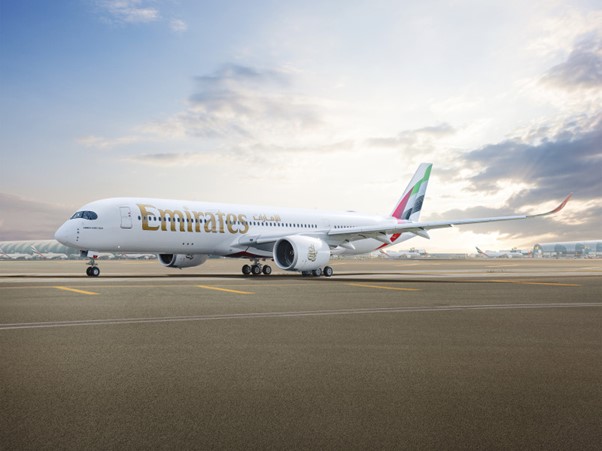 Emirates Ends 2025 on a High with Five World Travel Awards and Over 20 Global Honours
Emirates Ends 2025 on a High with Five World Travel Awards and Over 20 Global Honours 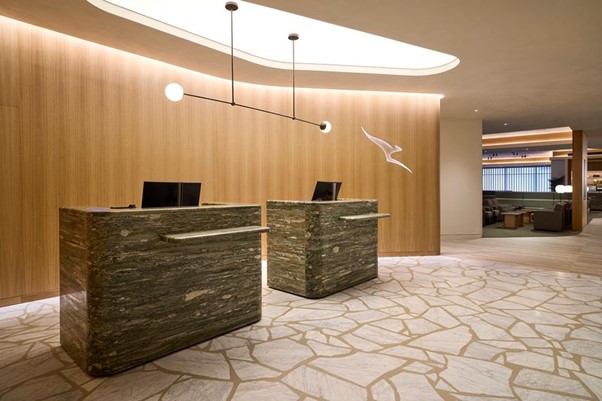 Qantas Unveils New Auckland International Lounge Ahead of Holiday Rush
Qantas Unveils New Auckland International Lounge Ahead of Holiday Rush 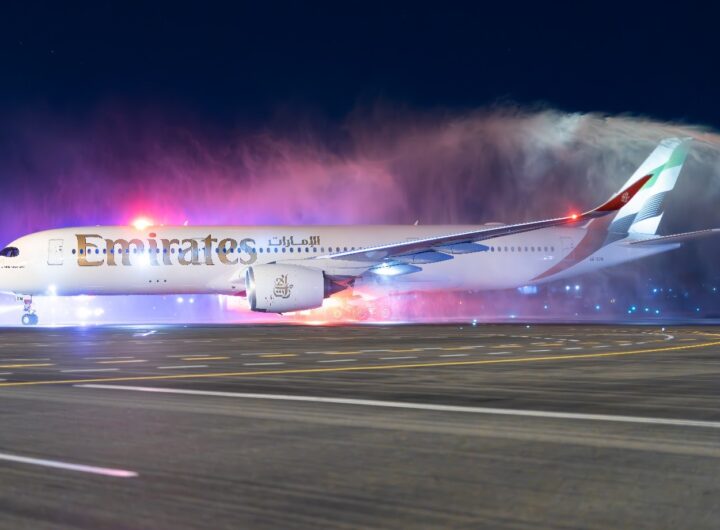 Emirates A350 Debuts in Adelaide with New Premium Economy, Boosting Connectivity and Comfort to Dubai
Emirates A350 Debuts in Adelaide with New Premium Economy, Boosting Connectivity and Comfort to Dubai  Qantas Elevates A380 First Class with New Fine Dining, Aesop Amenity Kits and Bollinger Champagne
Qantas Elevates A380 First Class with New Fine Dining, Aesop Amenity Kits and Bollinger Champagne 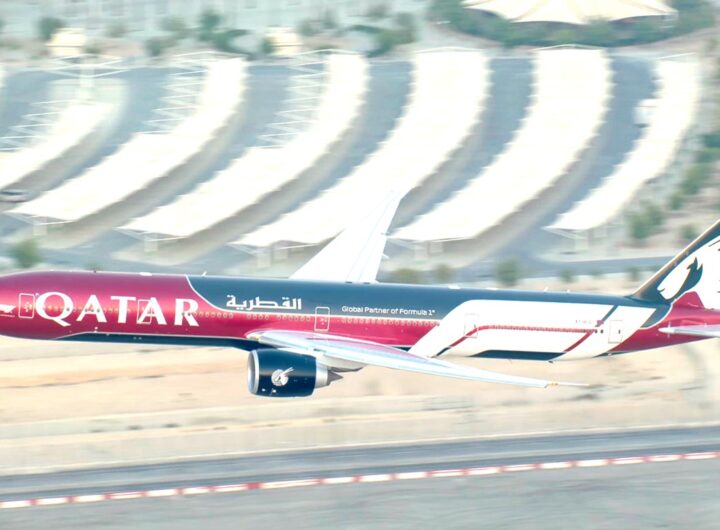 Qatar Airways’ New Formula 1 Livery Takes Off: Swizz Beatz–Designed Boeing 777 Tours the World After Qatar Grand Prix Debut
Qatar Airways’ New Formula 1 Livery Takes Off: Swizz Beatz–Designed Boeing 777 Tours the World After Qatar Grand Prix Debut  Stray Nomad 2025: A Year in Review
Stray Nomad 2025: A Year in Review 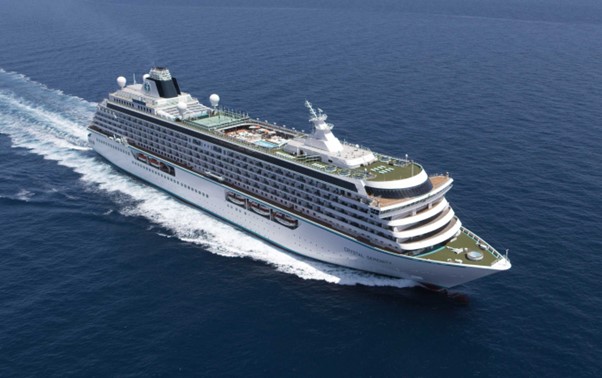 Crystal Serenity Unveils 2028 Amazon, Caribbean and Azores Voyages
Crystal Serenity Unveils 2028 Amazon, Caribbean and Azores Voyages 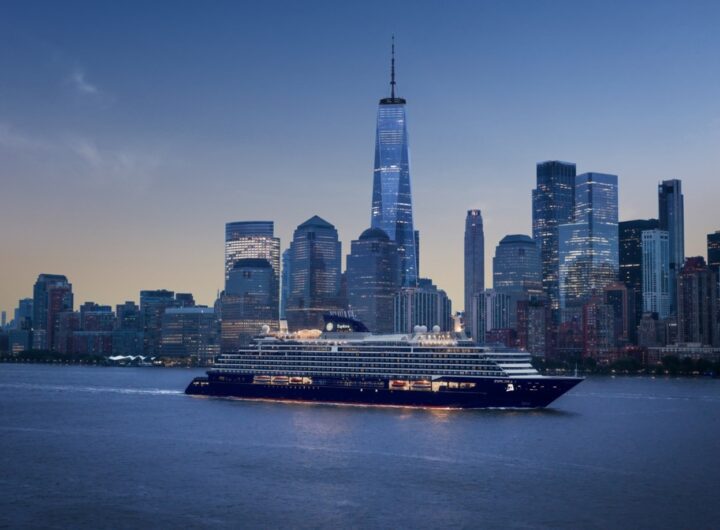 Explora Journeys and Hilton Unite for a New Era of Luxury Ocean Travel with Launch of Hilton Honors Adventures
Explora Journeys and Hilton Unite for a New Era of Luxury Ocean Travel with Launch of Hilton Honors Adventures 